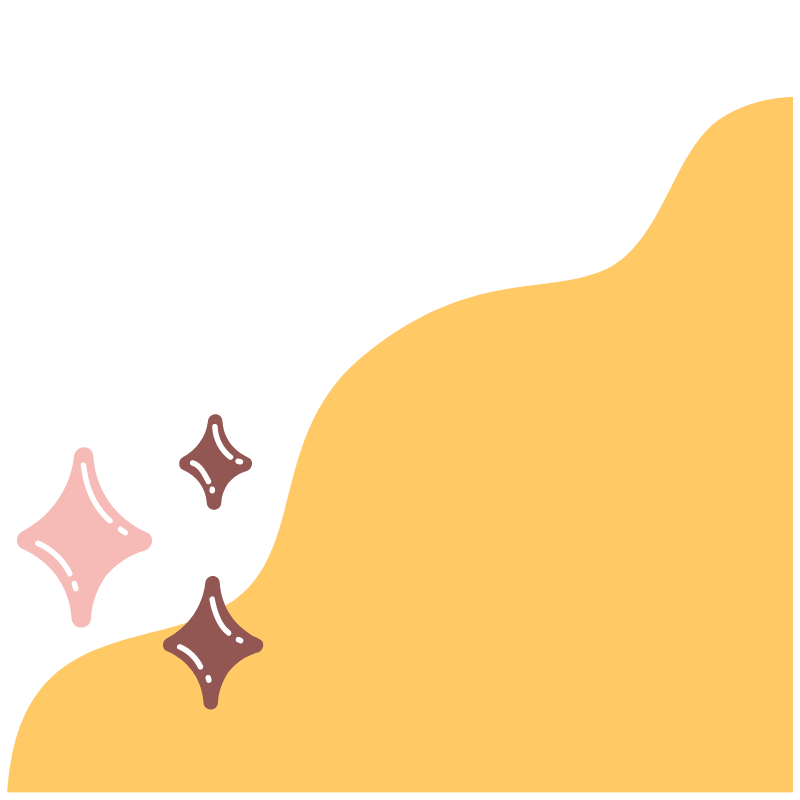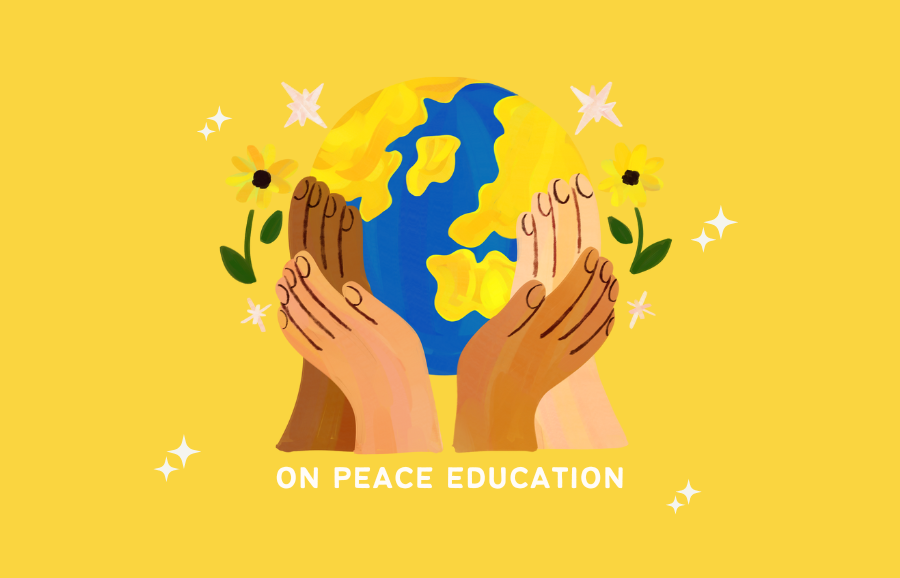by Cecelia Romero
“Averting war is the work of politicians; establishing peace is the work of education. ”
— Maria Montessori
There are many things that draw me to Montessori philosophy and education, but the thing that keeps me rooted here is the focus on Peace education. There are many ways that this is reflected in the classroom – from the minimalist environment to the modeling of calm and respectful behavior by the teachers and students in each class. But it wasn’t enough for Dr. Montessori to design peaceful environments; a fundamental philosophy of her work is the belief that we are all deeply connected to (in fact, interdependent on) all living beings, the planet, and the whole of humanity.
These can seem like big concepts for young minds to grasp, yet most of the time they are able to do so intuitively. Recently, my class and I read the book, “Lado a Lado” (Side by Side) about the Chicanx activists, Cesar Chavez and Dolores Huerta. These two activists are personal heroes of mine and their actions of protest and striking for the good of all serve as an excellent example of Montessori’s philosophy in real life. After all, Montessori herself was exiled from Italy for her acts of civil disobedience against Mussolini’s regime. Chavez and Huerta were a perfect pair for our class to reflect on during Latinx Heritage Month in September and October.
The Power Of Stories
n the Primary classroom, I find that stories are the best entryway into conversation with young children. The words spark their imaginations, bring up questions, and ignite empathy, while the images and artwork capture their attention.

resources:
Here are a few resources to explore this area further:

A list of children’s books about the power of peaceful protest, compiled by Biracial Bookworms.

The Peace Table by Mary da Prato, an AMI alum.

Ditto Kids Magazine is a decolonized history magazine and curriculum for kids 3+. It’s full of fun activities and conversation starters that center equity and racial justice, and peace education.

